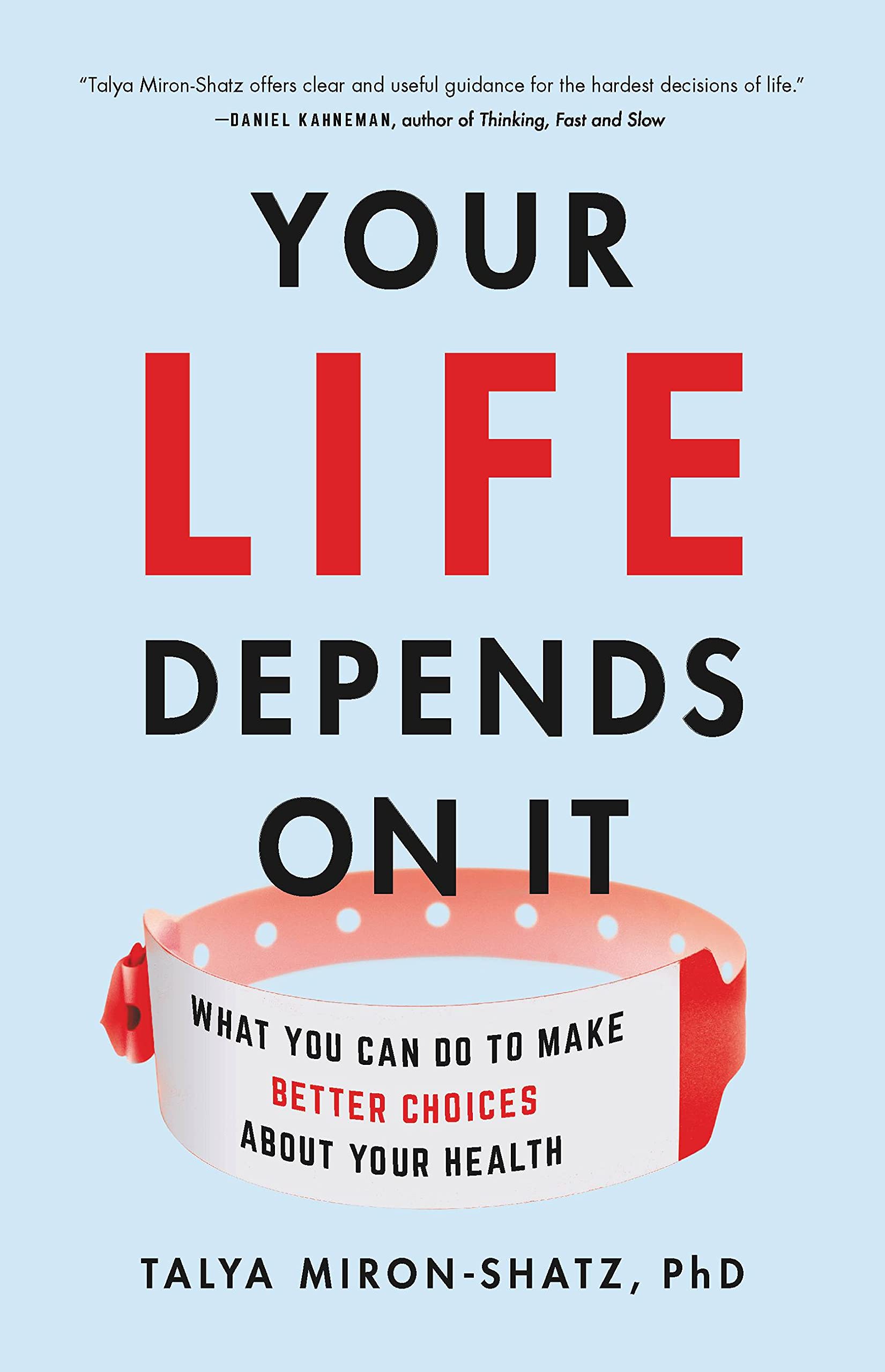Given how popular hospital shows are and given that for many of us, they are the only experience of emergency medicine short of actually being in an emergency room (ER), we should examine how closely these shows follow reality.
Researchers went over 269 episodes of Grey’s Anatomy and matched each fictional trauma that was portrayed on the show with actual patients who had incurred such a trauma. As expected, TV events unfolded faster and more dramatically than events in real life: most TV patients (71 percent) went straight from the emergency department to the operating room, whereas only 25 percent do so in real life. TV patients were more likely to die, and while half of severely wounded TV patients were hospitalized for less than a week, only 20 percent of real-life patients were so lucky. The researchers worried that the television portrayal of rapid recovery after major injury would “cultivate false expectations among patients and their families.”
The fascination with medicine on TV continues. Susan Diem, an internist, and her colleagues watched every episode of ER and Chicago Hope during the 1994–1995 viewing season and fifty consecutive episodes of Rescue 911 broadcast over a three-month period in 1995. (Why doesn’t my own research involve curling up on the sofa in front of George Clooney, who was on ER that season?)
Diem examined how television depicted medicine, specifically CPR. This emergency procedure involves chest compressions performed when a person’s heart has stopped beating, preserving brain function until an electric shock can be applied to the heart to restart it. You’ve seen that on TV: the doctor yells “Clear!” and applies a powerful shock to the patient’s chest. Of course, Diem did more than curl up on the sofa and watch. First, she counted: CPR appeared eleven times in Chicago Hope, eighteen in Rescue 911, and as many as thirty-one times in twenty-five episodes of ER. Television was giving us a course in CPR, the only course in CPR most of us would ever get. But how accurate was this televised education?
For the sake of science, I sacrifice an afternoon and looked up resuscitation scenes from ER. The first to come up was season 7, episode 11, where John Truman Carter III, a slim medical student in his twenties, lay on an ER table, his chest bare. His heart stops beating so, by the book, he receives ventilation via his mouth and his heart is manually compressed. But we have seen enough television to know that more is required. A young doctor in a gray T-shirt shows up, grabs the defibrillator, and yells, “Clear!” it happens repeatedly, the doctor relentless in his defibrillation attempts. Within a few seconds, Carter comes to. His eyes still shut, he smiles coyly. “Of course. You saved me,” he tells the doctor.
They look more like frat boys after a successful prank than a physician and the patient he has brought back from the dead. It seems as if within an hour, Carter will bounce off the table, and the two will head to the nearest keg party.
This is typical of television, where 65 percent of cardiac arrests occur in children, teenagers, or young adults. This is not, however, the typical profile of patients who require CPR in real life. Compared with real-life resuscitated patients, television patients requiring CPR were usually younger, had fewer background illnesses, and tended to suffer more exotic afflictions—they had nearly drowned, had been shot, or had been struck by lightning.
The reality is not as pretty as it looks on TV. The chances that the rescuer will break ribs, break the sternum, or rupture the liver or the spleen during the procedure, or that the patient will develop an infection following CPR, are high. The odds of surviving after CPR are low, as the medical staff cannot necessarily address the cause of the cardiac arrest. CPR’s dire aftermath is not what you see on television.
Diem found that on Rescue 911, every single CPR case was a success. Ten were described as miracles. We should not be surprised—it’s showbiz. In real life, however, most CPR patients are older and are already hospitalized. They have a 40 percent chance of short-term survival following CPR, as opposed to the 75 percent portrayed on TV. Their long-term survival rate—the patients’ chance of being discharged from the hospital after CPR—is half of the 67 percent that’s shown on television. Most real patients receiving CPR, those who were hospitalized to begin with, would remain in their pajamas and hospital beds long after the doctor yelled, “Clear.”
As Diem and her colleagues revealed, it was hard to infer anything about real life from television. The TV–real life gap is all the more alarming given that television is one of people’s main information sources about hospitals and medicine.
Television programs are important storytelling mechanisms. And we all love a good story—so much, that people worldwide spend, on average, 167 minutes (nearly three hours) a day watching TV. Americans dedicate four and a half hours a day to television and streaming services, and seniors watch for more than seven hours a day. The stories we watch seep into our minds, just like the fairy tales we hear over and over again that “teach” us that women need to be rescued by princes.
We all know that television shows like ER and its contemporaries are a touched-up presentation of reality. Even Rescue 911, which offers dramatic reenactments of real rescues by emergency services, chooses what to leave out. And yet Susan Diem and her coauthors are concerned that the public does not distinguish fact from fiction. It’s the very realism of these television programs that makes them attractive.
Heavy viewers of crime shows think that crime and violence happen frequently. Heavy viewers of medical dramas underestimate how serious cancer and cardiovascular disease are. They are fatalistic about having to take care of such issues, because so many people die of illness on TV. Watching quasi-scientific shows can “teach” you about the world. Half the studies that examined TV viewers’ postviewing knowledge found that people learned correct health information. The other half had negative or mixed outcomes.
Seeing is believing. What the psychology of persuasion calls the “sleeper effect” is at play here. Even if we get a signal that a message isn’t credible, over time we increasingly ignore that signal and remember the message without questioning it. In the health context, the sleeper effect means that when we watch ads or TV or read antivax Facebook posts, we receive messages that may not be credible, but over time, we will accept those messages as valid.
The portrayal of a miraculous end to a dangerous and painful procedure caters to our intuitive, quick, and emotional way of thinking, our System 1 thinking. The fact-checking, deliberative way of thinking, our System 2, is often left out of the picture. And when we fear for our life or the life of a loved one, it’s easy to resort to what was so vivid on TV, letting it guide our decision-making. After all, a miraculous resuscitation on TV is more convincing than dry statistics, which we don’t have access to and may not be able to understand even if we did.
I would venture to guess that many of us don’t separate what we “know” about CPR from where we learned it. If we don’t question this “knowledge” or seek more validated information, then the next logical step is to opt for CPR in real life, expecting its outcomes to be the same as seen on TV.
Some researchers actually asked, in relation to CPR on television, “Are we miseducating the public?”37 e answer was yes. They surveyed people on the practice of CPR (how deeply one needed to compress and at what rate). Those who reported watching medical dramas regularly had poorer knowledge than those who only watched them occasionally.
CPR is not the only medical subject where TV is misleading. A review of almost twenty papers explored what people learn from television about cancer screening, sexually transmitted infections, heart disease, and more. After watching TV, a third of viewers knew more and were more likely to engage in desirable health behaviors. A few acquired inaccurate knowledge and faulty health practices. And for more than half the views, the effect was mixed. As researcher Beth Ho man told me, television viewing is associated with real-world outcomes.
To test whether people really base their decisions on fictional characters and overly optimistic depictions of resuscitation, we would have to design an experiment that manipulates how CPR is portrayed on TV. We would then record their resuscitation decisions and learn how television influenced their perceptions and choices. at is impractical. It’s equally impractical to expect television to fully reflect reality.
A more practical proposal is to use TV, an easy, accessible, and visual medium, to convey critical information to the public, regardless of health literacy level. Rather than using TV to provide inaccurate albeit sticky facts, we can use it to convey accurate data in a sticky way.



